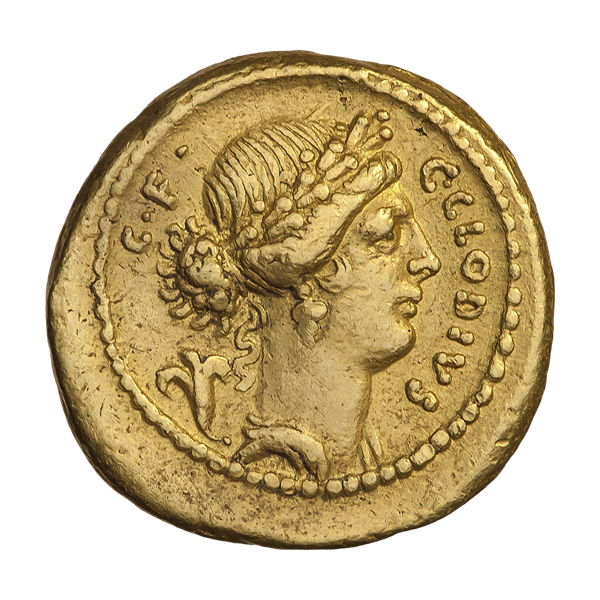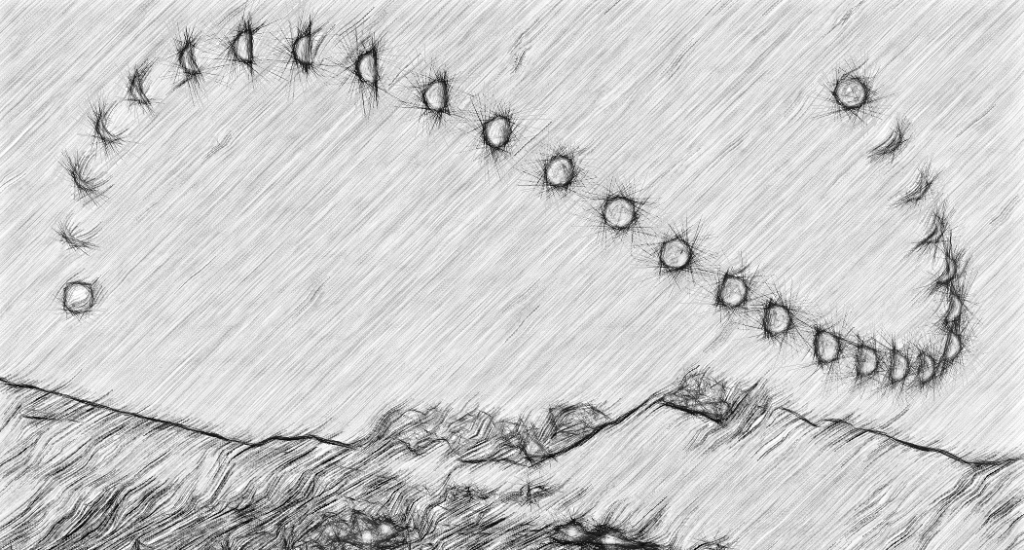
On the 28th of April until the Kalends (15th) of May the Romans, according to Ovid in the ‘Fasti’ Book IV, celebrated the Florialia dedicated to Flora, the Goddess of Spring, flowering, blossoming, budding, planting and fertility. She was one of the 15 Roman Deities offered a state-financed Priest. Her home in Rome, was on the lower slopes of the Aventine Hill near the Circus Maximus.

Celebrations began with theatrical performances, at the end of which the audience were pelted with beans and lupins. Then there were competitive games, and spectacles. The latter, in the reign of Galba, including a tight-rope walking – wait for it – elephant!
Incidently, Galba only survived for 7 months as Emperor – a little longer than Liz Truss’s 44 days but then she was not murdered by a rampaging mob at the end of her reign. It was the year known to history as the year of the 4 Emperors. (great description by Tacitus here:)
Juvenal records that prostitutes were included in the celebration of Flora by dancing naked, and fighting in mock gladiatorial battles. (there is a raging debate about the existence of female gladiators: a burial in Southwark has been said to be one such and Natalie Haynes has her say on the subject here🙂
Hares and goats were released as part of the ceremonies, presumably because they are very fertile and have a ‘salacious’ reputation! (Satyrs were, famously, obsessed with sex and were half man half goat. A man can still be referred to, normally behind his back, as an ‘old goat’).
Written in 2023 revised April 2024


